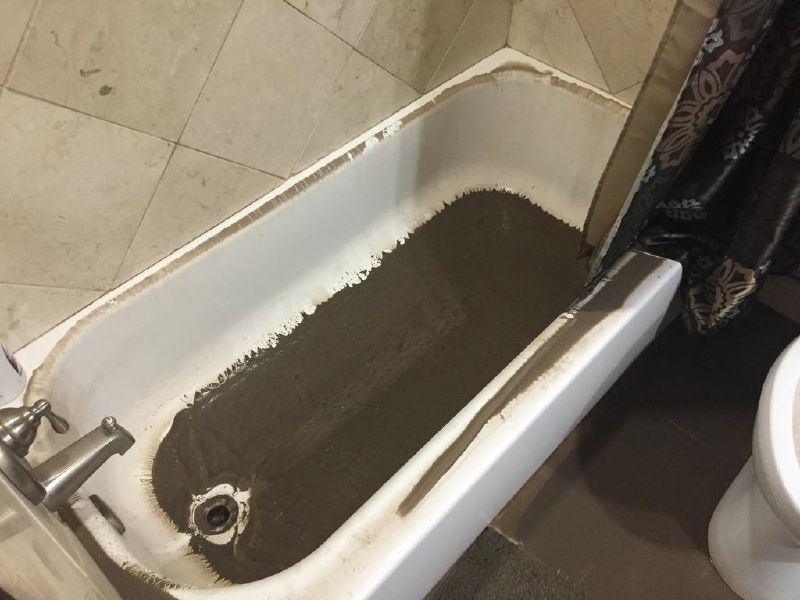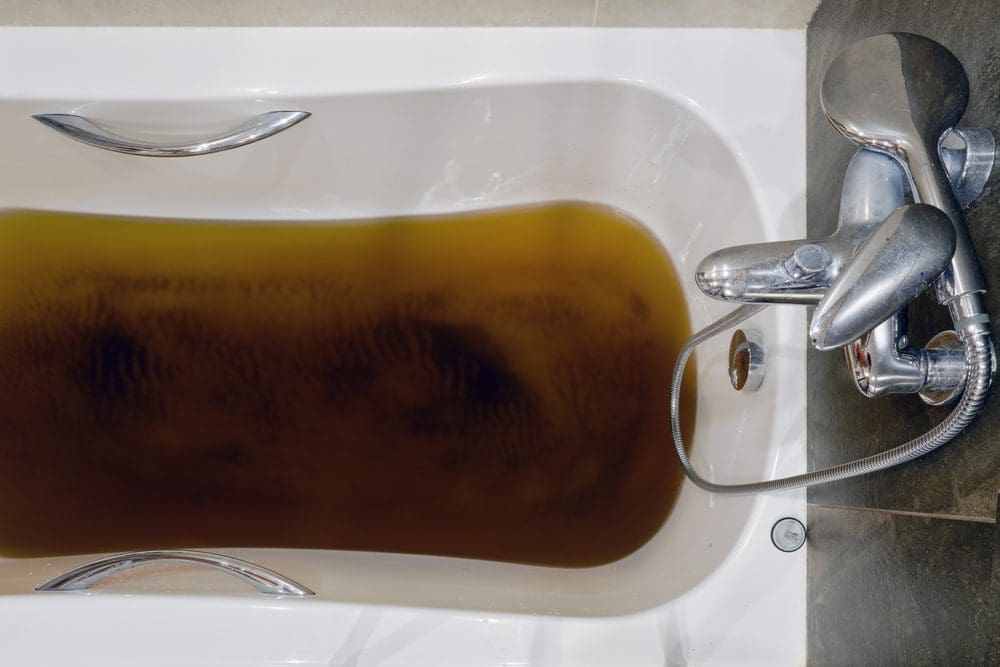Scrutinizing the Phenomenon of Effluent Rising Through the Bathtub
Scrutinizing the Phenomenon of Effluent Rising Through the Bathtub
Blog Article
We have found this article involving Why is Sewage Backing Up Into My Bathtub? directly below on the net and concluded it made sense to discuss it with you on my blog.

Sewage back-up in the tub can be a distressing and unsanitary trouble for any kind of homeowner. Not just is it bothersome, yet it additionally positions significant health threats and shows underlying issues with the plumbing system. Comprehending why sewage is coming up via the bathtub is crucial for taking suitable action to attend to the problem efficiently.
Introduction to the Problem
Usual Reasons for Sewer Backup
Obstructions in the Sewage System Line
One of one of the most typical root causes of sewer backup is a clog in the sewer line. This can happen as a result of the build-up of particles, grease, or international objects in the pipelines, avoiding appropriate circulation and triggering sewage to support right into your tub.
Tree Root Invasion
Tree origins looking for dampness and nutrients can penetrate drain lines with small fractures or joints. Gradually, these origins can expand and expand, causing significant damages to the pipelines and leading to sewage back-up problems.
Recognizing the Problem
When sewer draws back up into the bathtub, it's a clear indicator of an issue with the drainage system. The wastewater that must be flowing away from your home is rather finding its way back into your space, which can cause substantial damage and health hazards.
Potential Reasons
A number of variables can add to sewer backup in the bath tub. From blockages in the drain line to issues with the plumbing facilities, recognizing the source is crucial for finding a remedy.
Aging Facilities
Older homes may have obsoleted plumbing systems that are more susceptible to deterioration, cracks, and deterioration. As pipelines age, they become a lot more susceptible to leakages and blockages, enhancing the likelihood of sewage backup events.
Heavy Rainfall or Flooding
Throughout periods of heavy rainfall or flooding, the sewer system may come to be overwhelmed with excess water, triggering backups and overflows. This can result in sewage backing up into bath tubs and various other components inside the home.
Indicators of Sewage Backup
Foul Odors
Unpleasant odors rising from drains pipes or components, specifically in the restroom, might suggest sewer backup problems. These odors are frequently solid and consistent, signaling an issue that needs immediate interest.
Slow Draining Fixtures
Bathtubs, sinks, and bathrooms that drain gradually or not at all could be experiencing sewer back-up. If several components are impacted all at once, it's likely that the issue originates from a typical factor, such as the main sewage system line.
Gurgling Noises
Unusual gurgling or gurgling sounds coming from drains when water is running in other places in your home are a measure of air entraped in the plumbing system. This air accumulation can arise from sewage backup and must be checked out immediately.
Health Threats Connected With Sewage Back-up
Contamination of Water
Sewer backup can pollute the water system in your house, posturing a severe wellness threat to you and your family members. Direct exposure to contaminated water can result in gastrointestinal issues, skin infections, and various other illnesses.
Mold and mildew Development
Wetness from sewage back-up can produce excellent problems for mold growth in your house. Mold and mildew spores can worsen respiratory troubles and cause allergic reactions in sensitive individuals, making prompt cleanup necessary.
Spread of Disease
Sewage contains hazardous germs, viruses, and parasites that can trigger a series of diseases, consisting of hepatitis, cholera, and gastroenteritis. Entering contact with sewage or polluted surface areas places you at risk of infection.
Tidying up After Sewage Back-up
Sanitation Procedures
Extensively disinfect and sterilize affected areas after sewage backup to remove damaging germs and prevent mold development. Usage suitable cleaning products and protective equipment to make certain secure and efficient clean-up.
Remediation of Influenced Areas
Fix any type of damage to floor covering, wall surfaces, or components caused by sewage backup. Relying on the degree of the damages, you might require to change carpeting, drywall, or various other products to recover your home to its pre-loss problem.
Immediate Actions to Take
Turning Off Supply Of Water
In case of sewage back-up, it's necessary to switch off the water to prevent more contamination and damages. Situate the major water shutoff valve in your home and closed it off up until the problem can be fixed.
Getting In Touch With a Professional Plumber
Managing sewer back-up is not a DIY job. Contact a qualified plumber with experience in taking care of sewage-related concerns to analyze the scenario and execute essential fixings or cleanups.
Preventing Contact with Polluted Water
Up until the sewage back-up is resolved, prevent contact with polluted water to stop the spread of bacteria and microorganisms. Wear safety equipment if you must remain in the damaged location and wash your hands extensively afterward.
Preventive Measures
Regular Maintenance of Drain Lines
Set up normal inspections and maintenance of your sewage system lines to identify and resolve possible problems before they escalate into significant problems. This can include cleaning particles, checking for tree root invasion, and fixing any kind of damaged pipes.
Installing Backwater Valves
Take into consideration installing backwater valves in your plumbing system to prevent sewer from flowing back right into your home during periods of heavy rainfall or flooding. These shutoffs instantly close when water starts backing up, securing your residential property from contamination.
Correct Disposal of Home Waste
Prevent flushing anything aside from bathroom tissue and human waste down the toilet to stop clogs and obstructions in the drain line. Dispose of grease, oil, and other house chemicals correctly to reduce the risk of plumbing problems.
Why Is Water Backing Up in My Bathtub When I Flush My Toilet?
What to do about a sewer line clog
First, don’t bother with plunging. No amount of plunging will dislodge the clog in a sewer line. The clog is too far away. Plungers are for clogs in the toilet itself, not the sewer line. Plus, the most likely causes of a sewer clog are:
Tree roots Flushed toys or feminine products Grease buildup Those items don’t move easily. And in the case of tree roots, the roots need to be cut out of the pipe and the pipe will need to be repaired.
You’ll need a closet auger. A closet auger is a type of plumber’s snake with a protective cover to keep from scratching the delicate porcelain toilet. If the clog is further down, you may need to remove the toilet or use one of your cleanouts to get to the clog.
We also recommend doing a video inspection of the drain to ensure that the cause of the clog has been completely removed. Otherwise, you could have the same problem again in a few days or weeks.
https://mspplumbingheatingair.com/blog/why-is-water-backing-up-in-my-bathtub-when-i-flush-my-toilet

I have been very interested by Why sewage is coming up through your bathtub and I'm hoping you enjoyed reading the new piece. Enjoyed reading our review? Please quickly share it. Let other people check it out. I recognize the value of reading our article about Why is Sewage Backing Up Into My Bathtub?.
Call Today
Report this page